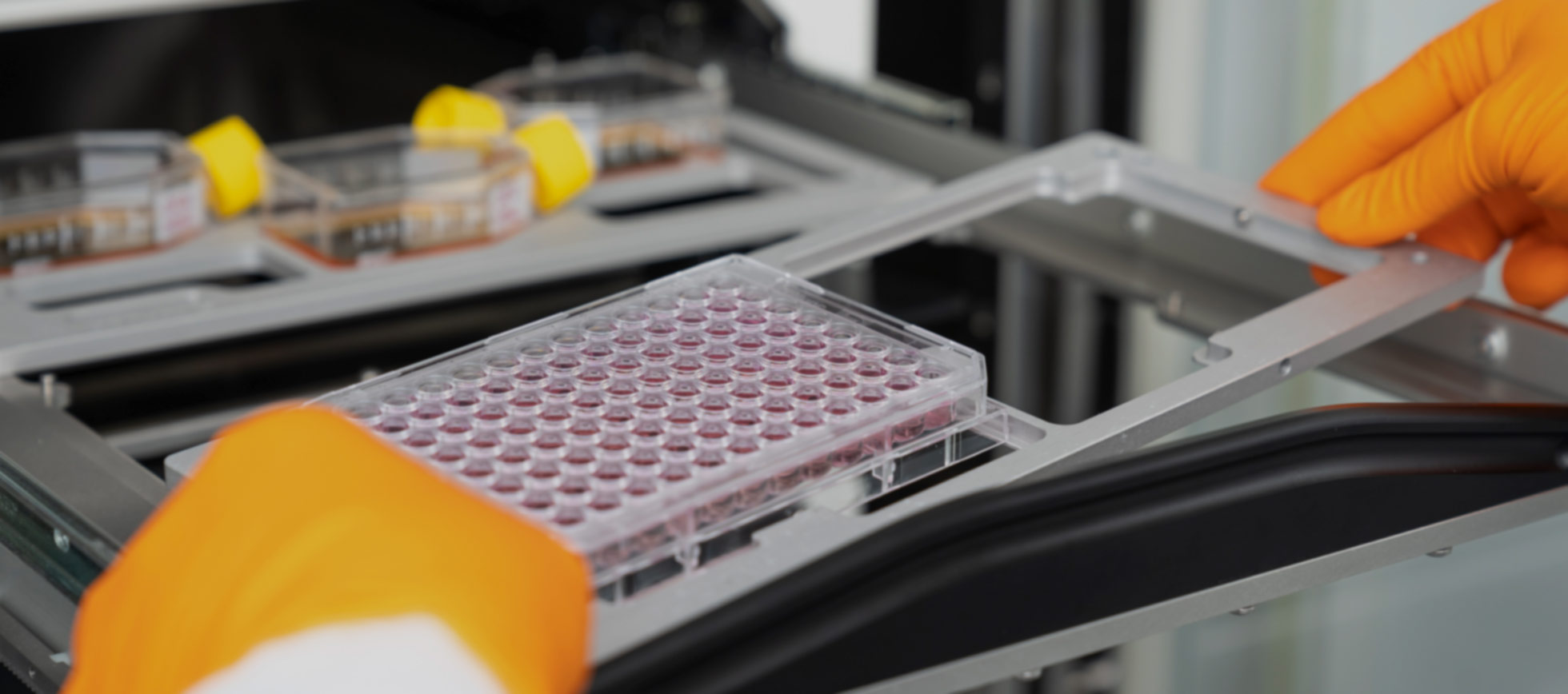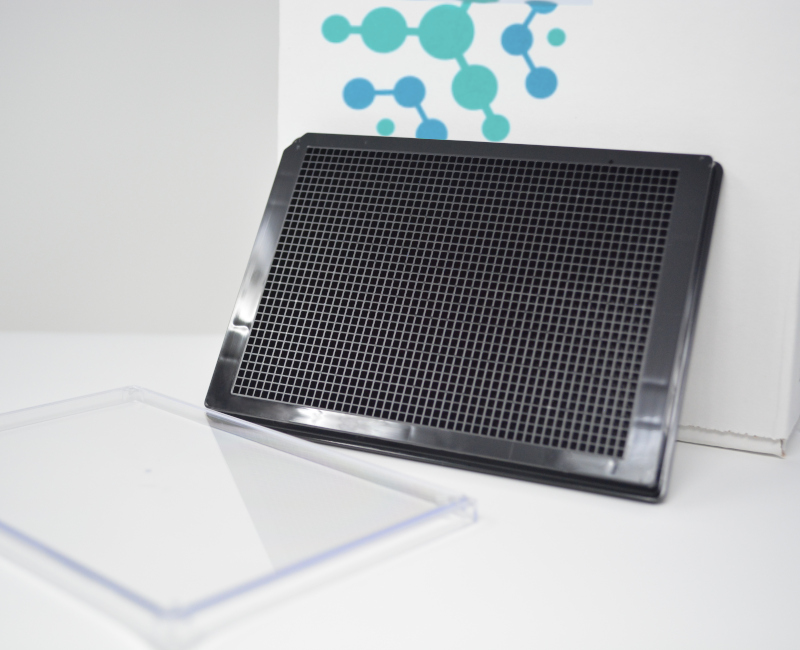
The Dimension Counts : Uniform 3D cell speheroids
A new technology enables the production of uniform 3D cell spheroids for stem cell and cancer research and preclinical drug development.
In order to understand the cause of many diseases in humans, suitable model systems are needed that enable scientists in the laboratory to generate valid results that can be transferred to humans. Today, the analysis and testing of drugs on such models is predominantly performed in a high-throughput manner. However, the standardized two-dimensional (2D) model systems do not meet the requirements to fully exploit these processes and allow transferability to humans. As a result, a large proportion of new drugs do not make the leap from cell culture to the required animal model – the differences between the two systems are too great. In contrast cells grow in three-dimensional (3D) models in a near-natural environment. Results from 3D cell experiments are considered physiologically representative for humans. As a result, the prospects of a drug passing the test in the animal model increase many times over. In this context, spherical 3D cell spheroids are increasingly becoming the model of choice for preclinical research with the potential to standardize in vitro models for high-throughput procedures.

A new option for spheroid cultivation has now been developed by the facellitate venture team from BASF-affiliated Chemovator. The BIOFLOAT product line prevents cell and protein adsorption on of the culture plate and enables the formation of uniform, round spheroids, even for cell types that are difficult to access for 3D culture. Compared to other products on the market, BIOFLOATTM stands out for its ease of use and high reproducibility of cell spheroids. The results obtained with BIOFLOATTM are highly relevant for human biology. In addition, risks are reduced in the transition from preclinical to clinical research. BIOFLOATTM products are suitable for standardized, high-throughput analysis of cell models.
BIOFLOAT-96-WELL-PLATE:
The BIOFLOATTM 96-well plate is ideal for reliable and fast generation of 3D spheroids. The BIOFLOAT coating is mechanically very stable and scratch resistant.
BIOFLOATT FLEX COATING:
With the BIOFLOAT™ FLEX coating solution, any common plastic cell culture article can be coated with the unique BIOFLOAT™ polymers within we n seconds. After just a few minutes, the coated laboratory article is cell-repellent and even protein-repellent. The coated articles can be used or stored directly.
LOST IN THE ETERNAL ICE – CRYO STORAGE
A feeling of helplessness sets in when cells are to be thawed out of the Cryostock but are no longer in the supposed storage position in the liquid nitrogen tank. Often a scavenger hunt through the various boxes of the tank begins and sometimes cells of a long extinct mammoth are found, which a meanwhile eme-ritierter doctoral student had frozen at the time.
Cryostorage of cell cultures poses a special challenge. It is not easy to take inventory and check the contents of the tanks without interrupting the continuous cryogenic storage and jeopardizing the quality of the cells.
This makes it more important to carefully document what was stored, when, and by whom. More than 90% of cell culture laboratories use simple tables or handwritten records lists, which do not do justice to the complexity of storage and the value of the samples.
But if several employees have access to the cell storage, new stocks are only temporarily stored and one or the other removal from storage is overlooked, the chaos is perfect. There is no longer any unmistakable assignment of the recorded stocks. And whether the thawed cells grow and function as expected becomes a game of chance.
With Cell seeker, there is now for the first time a solution tailored to academic laboratories to collect all information on cells and cryostocks and organize it in a virtual storage system.


